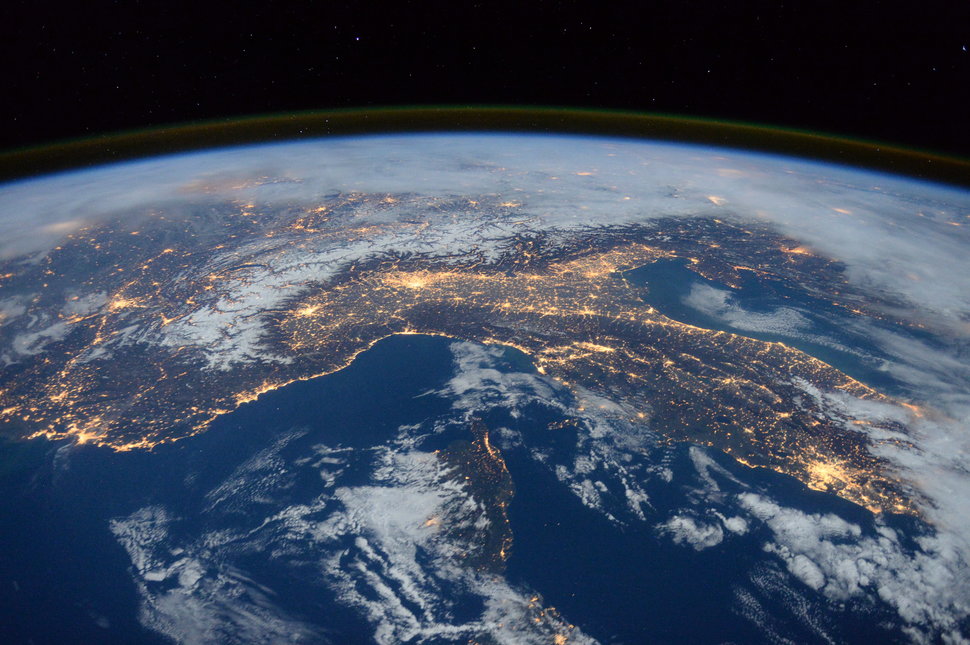Uncertainties persist within the scientific community about the seemingly simple and inexpensive solution to reduce atmospheric carbon dioxide. Few scientists claim this method could cause ocean forests to develop within weeks while others urge for the focus to shift to reducing emissions rather than trying to come up with band-aids.
Countries have only 10 years left to lower greenhouse gas emissions to steer clear of the worst impacts of climate change, and every scenario to do so requires sucking carbon dioxide, the persistent and dominant greenhouse gas, from the air.
An international team of researchers makes a tantalizing proposition: manually “dumping” volcanic ash into oceans, after which a series of processes will absorb carbon dioxide from the atmosphere and lock it in seafloor sediments like rocks, soil and remnants of marine organisms. Researchers say the gas will not return to the atmosphere for thousands of years.
In a study published on Sept. 12 in Anthropocene, researchers describe that the iron content in volcanic ash stimulates phytoplankton growth, causing “ocean forests to develop within weeks, which in turn absorbs more carbon dioxide. When they die, planktons sink to the seafloor along with the absorbed carbon dioxide. Laboratory experiments hint that every ton of added iron could remove 30,000 to 110,000 tons of carbon from the air.
Jack Longman, a research fellow at the University of Southampton and one of the authors of the study, says the proposal to manually add volcanic ash, also called tephra, to oceans is merely an enhancement of a natural process.
“Quite a lot [of volcanic ash] enters the ocean naturally, which is why we call the idea simply an augmentation of the process,” says Longman. Sourcing the material wouldn’t be a problem, he explained. “There’s still a lot of tephra which falls on land and could easily be collected. Places like Iceland are covered in tephra, which is poorly consolidated and easy to collect. In other locations like Indonesia and the Philippines, ash is actually a real issue, so any idea which involves removal of terrestrial tephra would be well-received.”
Researchers say this method does not require new technology and is “an order of magnitude cheaper” than other approaches. Longman adds that “it would be a case of a few weeks from digging up the tephra, loading it onto barges, and then releasing [it] at sea.”
Despite the enticing possibility of low costs and easy execution, there may be unintended consequences. Some of the 13 so-called ocean fertilization experiments showed that phytoplankton flourish briefly, but how much carbon they’ve absorbed is not clear. The mere existence of abundant phytoplankton is problematic because they contain a toxin called domoic acid which “accumulates in the brain and can cause dizziness, disorientation and eventually death” in birds and mammals. Moreover, iron deoxygenates water, risking the health of marine organisms.
Of the past 13 experiments, one released iron into the ocean off Argentina in spite of severe backlash. Another was an undercover operation without scientific peer review. The most recent attempt, which released 100 tons of iron sulphate off the coast of British Columbia, was deemed illegal.
In response to these experiments and the gaps in scientific knowledge, The London Convention and the London Protocol, two international treaties to protect marine environments from human activities, banned ocean fertilization efforts in 2007. Although the treaties amended their ban to allow only legitimate scientific research to perform ocean fertilization experiments, Longman’s research is still blocked from being tested on international waters.
“This amendment would be binding under international law but it has not yet been approved by enough countries for it to come into force,” says Jesse Reynolds, a scholar of international environmental policy at the University of California Los Angeles School of Law who was not involved in the study.
Even if the ban were to be removed, a 2020 study from the Massachusetts Institute of Technology says modifying the environment through ocean fertilization, even strategically, is unlikely to help on a global scale. Instead, it disrupts delicately balanced nutrient levels which currently result in “just enough iron” in oceans.
“Among techniques of carbon dioxide removal, [ocean fertilization] currently seems too uncertain, environmentally risky, and politically controversial to warrant much serious consideration,” says Reynolds. “At the same time, I would like it to receive some consideration, including resuming field tests. After all, climate change poses serious risks and we are not reducing (and will not reduce) greenhouse gas emissions rapidly enough. We are in an ‘all hands on deck’ situation.”
Featured image: Wikipedia Commons/NASA

